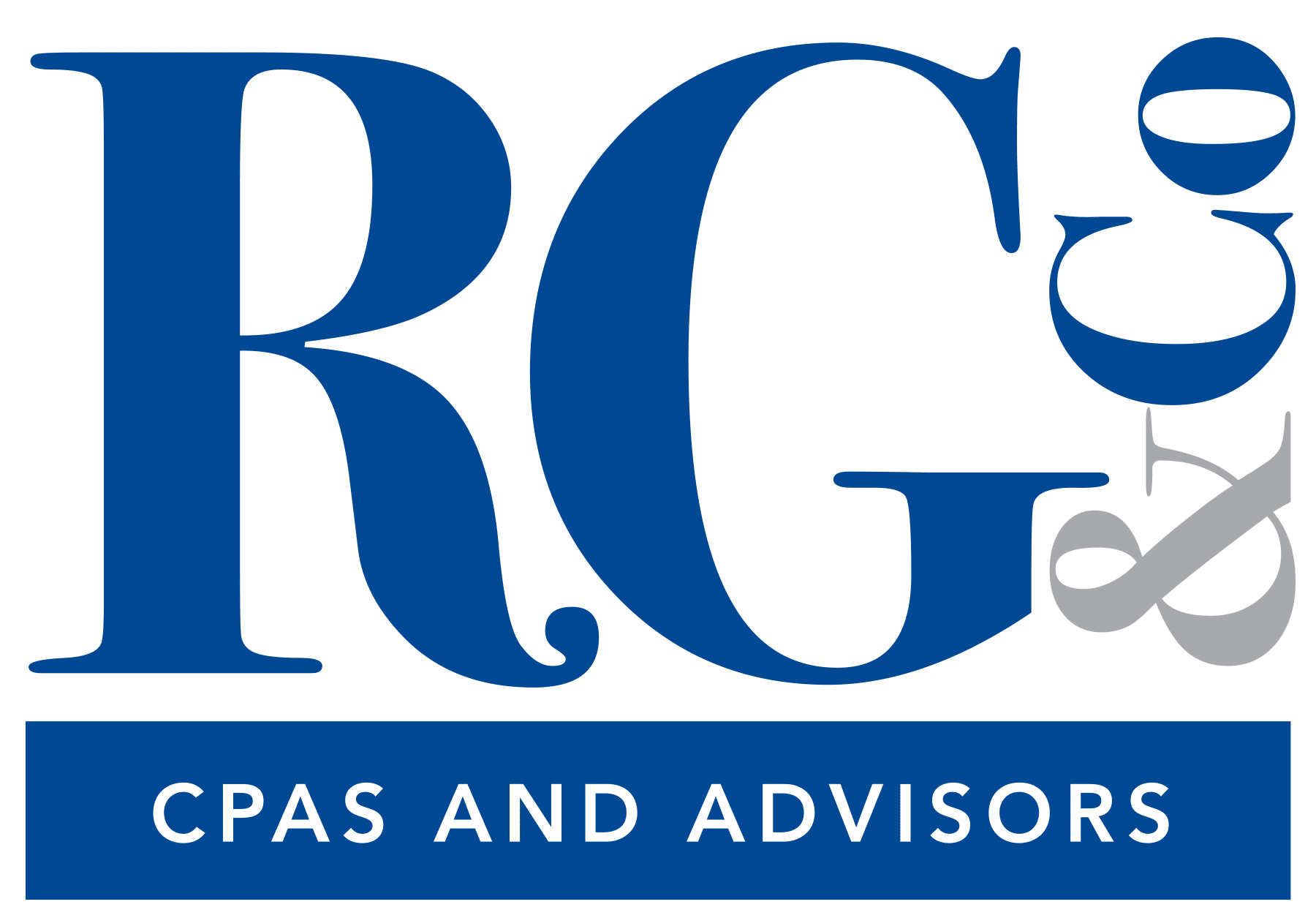- October 16, 2020
- Posted by: C. Brett Cooper
- Category: Business Advice

The industrial era has been replaced by a new knowledge-based economy where ideas and the latest technology have spurred unprecedented economic growth and competitive business advantage. Suppose you or your company has a great idea, has developed a new software language, or has established an innovative process that will improve office efficiencies across multiple business platforms. Maybe in your spare time, you’ve developed a passion for gardening and you’ve created a unique hybrid vegetable that is sure to aid in the health of those struggling with certain ailments.
How do you capitalize on this knowledge? Should you protect it? Can you demonstrate that your idea or invention is unique and like no other? That’s where understanding the value of intellectual property (IP) comes into play.
There are four types of IP rights, and they include patents, trademarks, copyrights, and trade secrets. Businesses and individuals should make every effort to ensure that they are taking full advantage of their IP assets to increase profits and establish a competitive advantage in the marketplace.
A well-documented IP management plan is a crucial step in helping individuals and businesses recognize intangible assets while providing a roadmap to address the many factors that could impact those assets. An effective plan will also convey any identified asset’s expected value and address possible weaknesses to be considered.
To ensure you or your business can get the most out of an idea or asset, there are several issues to address, but first, an audit will establish a clear understanding of the company’s business and the competitive landscape.
Perform an IP Audit
An IP audit is an information-gathering exercise and a necessary part of a business’s due diligence regarding its IP. It’s a mechanism to uncover and catalog IP rights and to identify any potential disputes. The audit will determine the importance of any IP assets and how they will benefit the individual or business. Issues that can be addressed in an audit include:
- Identifying business goals and how potential assets could be beneficial
- Establishing whether or not there are any patentable processes
- Determining what is protectable and how to protect it
- Identifying possible trademarks that are currently used that need to be protected
- Establishing a financial valuation of potential IP assets
- Understanding the competitive landscape
- Identifying how litigious the competitive market is
- Evaluating IP enforcement mechanisms
Once the management team determines its portfolio of IP from the audit, there are a few additional points to consider. For example, is there an application programming interface (API) that has been written, and has it been done before? The audit helps you establish what’s in your portfolio and helps you determine if there is enough value in the API to register it and keep it as part of your portfolio of intellectual property.
A Living Document
The IP management plan should be a living document. As you structure and implement the plan, document the assets identified in the audit. If patents or trademarks have been filed, identify them. If they are in the beginning stages, identify a path and the cost estimate involved in preparing and filing the relevant applications. Once identified and documented, explain how the IP will provide value. If trade secrets and confidential information will be a part of your IP, discuss the process to maintain secrecy and how employees will be obligated to protect the information.
Review and update the IP management plan as the market changes or as business strategies and employees change. Hopefully, if you feel that you have IP assets in your portfolio, you will look at what they can do for you. Will the assets help your business now, or down the road? What are the pros and cons of keeping these assets? If you know something is adding value and will be part of your go-forward business plan, it needs to be protected. If it’s not registered, file and protect it; if it’s filed, make sure there are checks and balances in place to monitor any filings that will need to be renewed, so they don’t expire.
Intellectual property is an idea, innovation, or a process that enables a competitive edge. As these assets become more valuable to businesses, a carefully conducted audit and the development of a structured management plan can be a valuable tool to fully maximize your business’s goals and use of your IP assets.
For more information or assistance with your intellectual property valuation, audit, or structured management plan, please contact us at (813) 875-7774.
About the author:
C. Brett Cooper has more than 20 years of experience as a consultant specializing in business valuation as it relates to Intellectual Property. Mr. Cooper is one of a select few individuals in the U.S. who has earned a designation of “Accredited Senior Appraiser in Intangible Asset Valuation” by the American Society of Appraisers.
1 Comment
Comments are closed.


ytgrnrgud objqe xjvcpse xmzq ltdqntubbbmpwfi